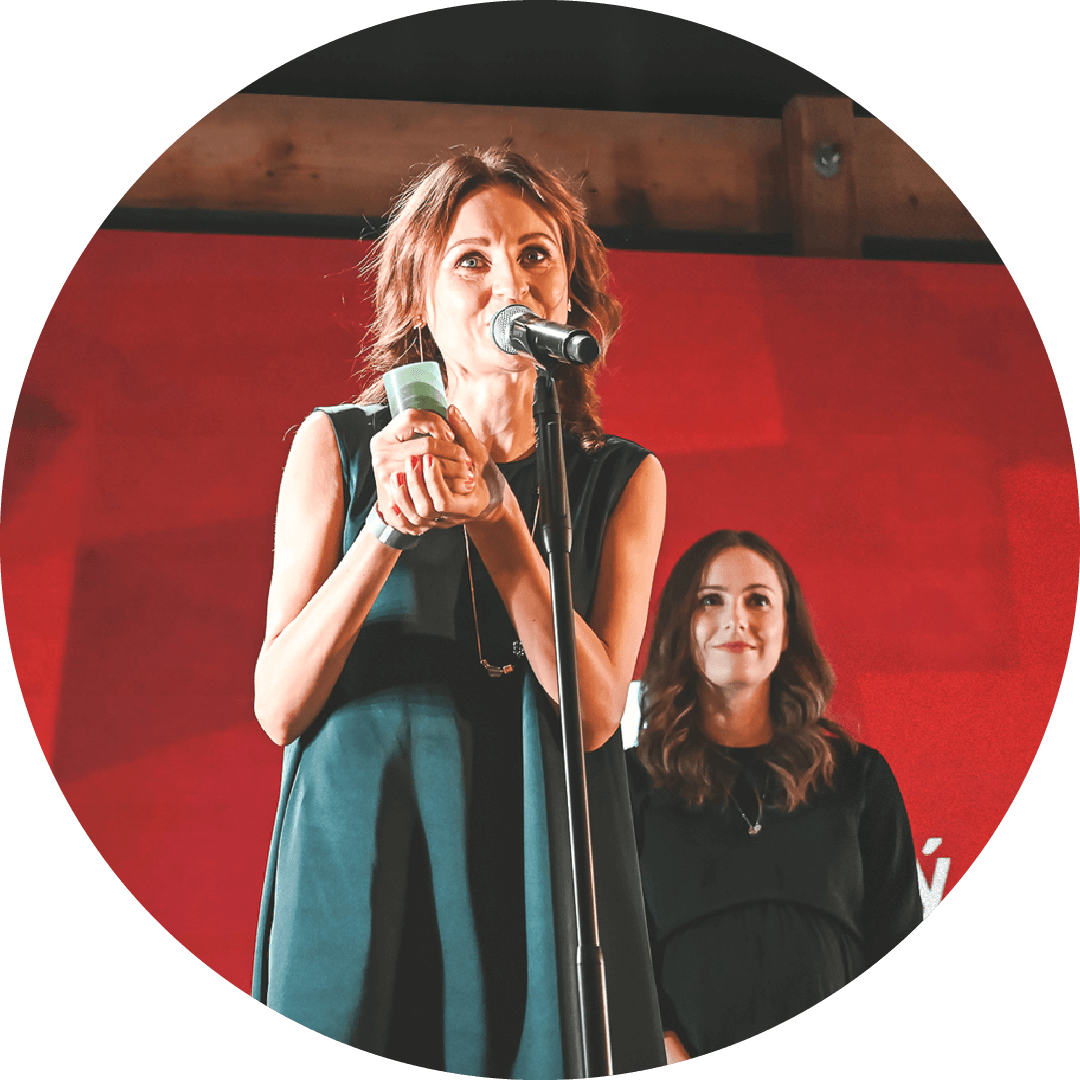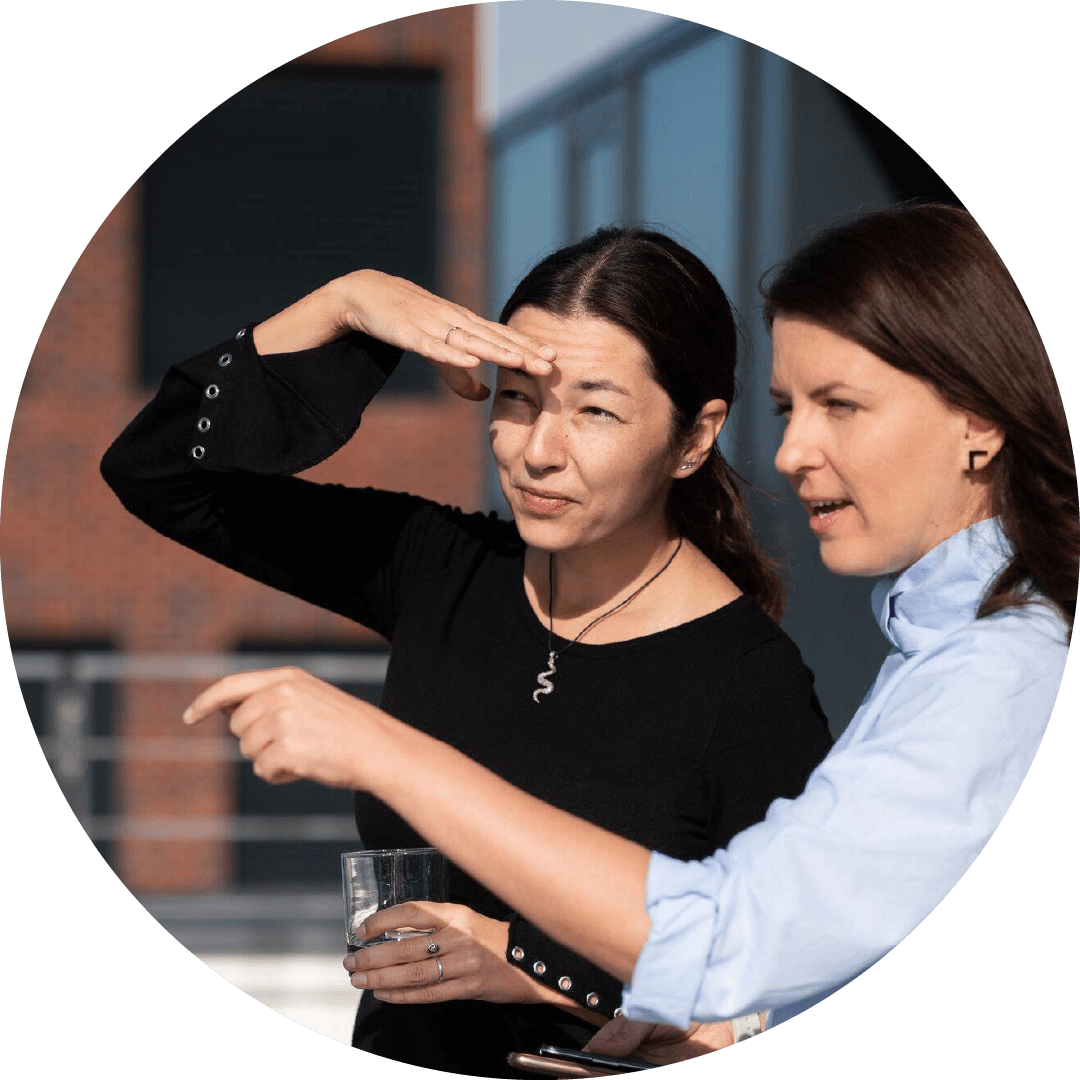Roy Vercoulen: Goodbye waste. Let’s go circular
Roy Vercoulen believes that only businesses that do not waste will survive.

Cradle to Cradle (C2C) is a pioneering concept designed to measure the sustainability of products, materials and technologies of our daily use. It emphasises that companies take into consideration what happens to the product at the end of its life already at the stage of its design. The aim is to return as many materials back into production, or recycle them and thus prevent waste generation. This concept, called circular economy, will be presented on May 28 in Bratislava’s CEE CSR Summit by Roy Vercoulen (HOL), the European director of Cradle to Cradle Product Innovation Institute.
Prior to joining the Institute, Roy established the C2C ExpoLAB Foundation and acted as its managing director. This is a non-profit organization with specialty advisors enabling governments, architects, project developers and educators to accelerate innovation through the vision of Cradle to Cradle. Before establishing C2C ExpoLAB, Roy Vercoulen was responsible for developing and executing the Cradle to Cradle- strategy of the Dutch region of Venlo (NL).
Where is circular economy and Cradle to Cradle concept most implemented? Are there any industries or countries that you see as the most progressive ones?
Cradle to Cradle has had the most success in the Built environment sector in the past years. This is due to the uprise of green building councils and the emphasis on creating buildings that are more sustainable and have better indoor air quality, are more flexible and are being constructed using safer and healthier materials and products.
The Cradle to Cradle Products Innovation Institute’s program offers all industries a platform for innovation. They can implement new policies and techniques that help improve the performance of their products and production processes across 5 quality categories (Material health, Material Re-use, Renewable Energy & carbon management, water stewardship and social fairness). And when successfully completing the assessment they can certify so they have a clear set of third party verified achievements they can communicate through our certification program.
The Fashion Industry is another area of increasing uptake. We see a growing emphasis on use of safer chemicals, fair treatment of people, safe working conditions, water-use, pollution and energy use. We are now working with leading international brands to help them produce fashion that positively impacts people and planet through our fashion Positive Initiative: http://www.fashionpositive.org/.
Looking at countries, we have seen an increase in uptake in Europe over the past years, especially in the Netherlands we have seen interesting projects being initiated in Venlo, and Hoofddorp.
Do you see a growing tendency in adopting principles of circular economy and Cradle to Cradle among businesses?
Definitely we see a trend where taking responsibility for your product and the way it’s produced is becoming a qualifier in more and more industries. If you wise up you act on this trend as soon as you can to claim market share and develop USP’s that relate to circular qualities and added value your product has to offer for people and planet. If you don’t you won’t have a business in 5 to 10 years.
What country could be an inspiration and some kind of guidance to CEE region? Is there anything the government can do to support circular economy?
Taxes I think are one of the main challenges we need to overcome to realy spark the transition towards circular systems. Why are we taxing labour so heavily and not taxing use of resources, especially when used-up? There is huge potential for countries to act on this and demonstrate leadership. Local governments in NL are leading the way with procurement criteria and policies aimed to stimulate the development of safe and healthy products and materials.
Is such model suitable for every company? What are the biggest advantages? And what are the main factors that slow down the adoption and change of attitude of companies?
The circular economy and Cradle to Cradle of clear advantages for all companies whatever industry they are in. You can find more information on these tangible benefits here: http://www.c2ccertified.org/impact-study. Adoption and change is slow because we need to change the whole system and that takes time and requires multiple actors and entire supply chains to innovate.
You worked also for the regional government. What can we imagine when we talk about C2C principle in these sector of economy?
Safe and healthy buildings that generate clean and renewable energy and purify water, saving costs for the people living in the area, but also creating inspiring surrounds to work from. This attracts young motivated and educated professionals and gives your city a clear advantage over other competing cities helping attract investments from businesses to your area as they need qualified people and these people want to work for businesses that act responsibly.

Win a Cradle to Cradle book
From all CEE CSR Summit attendees we will draw 10 who will win the Cradle to Cradle book signed by its authors – William McDonough a Professor Dr. Michael Braungarter.







